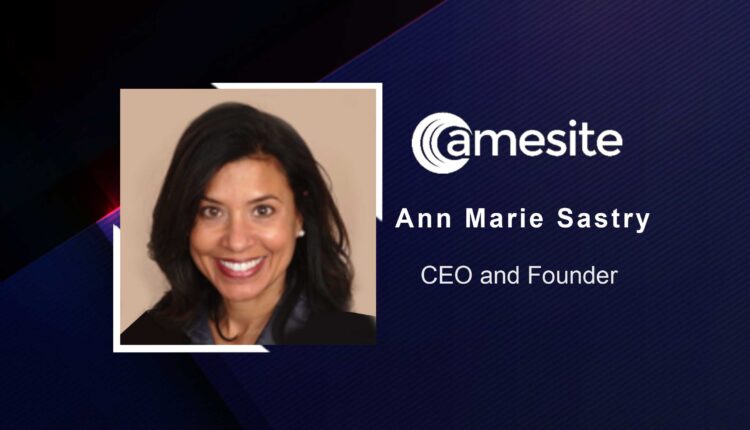 Back
Back
Delivering better remote learning processes and must-have employee training programs virtually wouldn’t be as easy an adjustment for businesses in 2020 if it weren’t for today’s diverse innovations in learning platforms. In this chat with TecHRseries, Dr. Ann Marie Sastry, CEO and Founder at Amesite Inc. talks about the inspiration behind Amesite and the future of remote learning. 
I am the founder and CEO of Amesite. Previously I was the CEO and co-Founder of Sakti3 (founded 2008), recognized as one of MIT’s 50 Smartest Companies (2015) which was acquired by Dyson in 2015 for $90M. Prior to founding Sakti3, I was the Arthur F. Thurnau Professor of Mechanical, Biomedical and Materials Science and Engineering at the University of Michigan. I founded two academic research centers in intracellular signaling (Keck Foundation) and advanced automotive batteries (GM / Department of Energy), and a global graduate program in Energy Systems Engineering…
I founded Amesite because as a former professor, I knew there was a better way to deliver remote learning and training. The platforms schools and universities were relying on offered demonstrably poorer experiences than practically anything else on the internet. Banking, shopping, music – all raced ahead with AI solutions that offered engagement. But education was left behind. Platforms didn’t deliver current information and they weren’t engaging.
The Amesite platform brings the best tech to learning. Amesite incorporates artificial intelligence to deliver an experience that is commensurate with the best experiences on the internet. We designed specifically for ease of use – so whether you are a second grader or a practicing engineer looking for upskilling opportunities, you don’t need training to use it.
When the pandemic hit, programs like Amesite that could deliver remote learning or employee training became a need-to-have, overnight. We worked really hard to expand the platforms to take into account the new challenges being faced in the workforce, as companies managed employees working from home, onsite or a mix of the two.
We had a great IPO on the NASDAQ in late September [ticker AMST] and it’s going to really help us expand our offerings and reach even more companies and schools.
Recommended Reading: Going Public on NASDAQ: What it means for Amesite
The number one priority is engagement. There is so much competition in the home for a student’s attention that it shouldn’t surprise anyone that sitting in front of a video conference doesn’t cut it for a 14-year-old child. Unlike at the start of the pandemic where a lot of parents found themselves home with their children, that is starting to change. More adults are going back to work and they aren’t physically there to keep their children engaged with online learning. So the platform has to offer real engagement and hold interest, and importantly, support peer-to-peer and teacher-to-peer interaction.
It’s critical to develop a digital backbone now. Schools need to move beyond document storage and casual sharing solutions quickly, to accommodate substantial portions of student bodies learning remotely. Some schools will have to quickly move back and forth from in-person to remote learning as they deal with spiking infection rates. You need a digital solution that is flexible and can meet your needs.
When the pandemic first hit, businesses actually adjusted with breakneck speed. Now, we have recalibrated to a new working style and much of this change will be permanent, because so many people were able to prove that they could work remote and be effective. The savings to companies and the environment will be enormous, and now efforts will redouble to assure that employees continue to be supported, engaged and productive. Engaged, effective training will be one of the most important needs as the workforce adapts to remote work. Companies can no longer rely on casual interactions to advance learning. Learning must now be planned, flexible, engaging and deliberate, and studies show that good online learning is much more effective than on-ground. Successful companies will reinvest in their workers and win markets, because these markets will only be available to companies able to successfully leverage the right technologies.